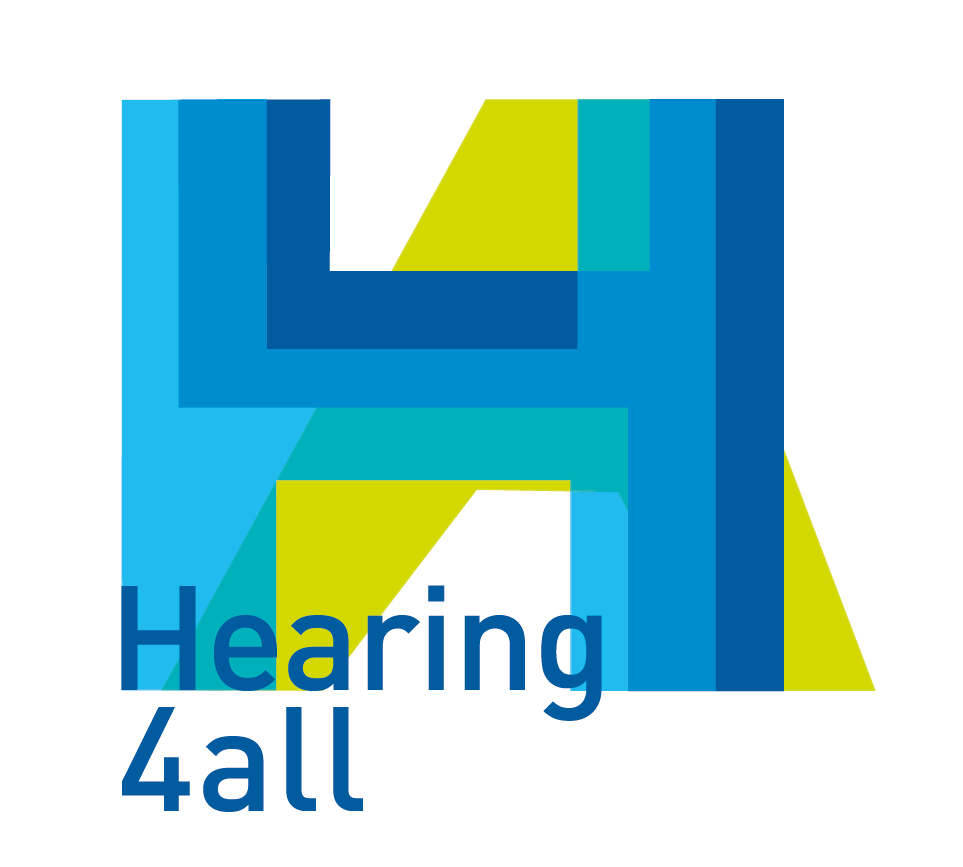Lexical frequency effects in noise-induced robust misperceptions
While many studies have investigated low-level masking effects of noise on speech, the influence of prior expectations on the speech percept is less clear. One such higher-level factor is lexical frequency. For speech produced in quiet conditions, the current consensus is that misperceptions reported by listeners have a similar average word frequency as the target word [1]. However, a recent study [2] showed that misperceptions of words presented in six-talker babble were of higher frequency than target words.
The current investigation extends the study of lexical frequency effects in noise to several masker types and languages. We analyse consistent word-level misperceptions (defined as no fewer than six participants reporting the same outcome) made in the presence of stationary noise, temporally-modulated noise and four-talker babble, using both English [3] and Spanish [4] corpora of consistent confusions. Lexical frequencies in Zipfs (log10 occurrences/billion word forms) of the target and confused word were examined for some 5150 consistent misperceptions.
Across all maskers and for both languages, misperceptions had higher lexical frequency than target words, supporting the findings of [2]. However, the difference in frequency was much smaller for misperceptions elicited in babble than for speech-shaped or temporally-modulated noise. Lexical frequency effects also varied for misperceptions involving a single phoneme insertion, deletion, or substitution; deletions led to somewhat more frequent reported words than substitutions, while confusions involving insertions led to words that were as frequent as the targets.
We speculate that in situations where the principal effect of masking is to reduce the audibility of information-bearing speech elements, listeners have more freedom to hypothesise words that match the residual parts, and that word frequency statistics influence the final outcome. However, when listeners can also recruit information from the masker, the resulting misperception may be constrained by matching the word hypothesis to the acoustic evidence, leaving lexical frequency with less of a role.
[1] Tang, K (2015). Naturalistic Speech Misperceptions. PhD Thesis, UCL.
[2] Felty, R.A., Buchwald, A., Gruenenfelder, T.M., and Pisoni, D.B. (2013). Misperceptions of spoken words: Data from a random sample of American English words. JASA 134: 572-585.
[3] Marxer, R., Barker, J., Cooke, M., and Garcia Lecumberri, M.L. (in press). A corpus of noise-induced word misperceptions for English. JASA-EL.
[4] Toth, M.A., Garcia Lecumberri, M.L., Tang, Y., and Cooke, M. (2015). A corpus of noise-induced word misperceptions for Spanish. JASA 137:EL184–EL189.
Warning: Use of undefined constant s - assumed 's' (this will throw an Error in a future version of PHP) in /home/spinnluxnr/www/2017/pages/programme.php on line 208


